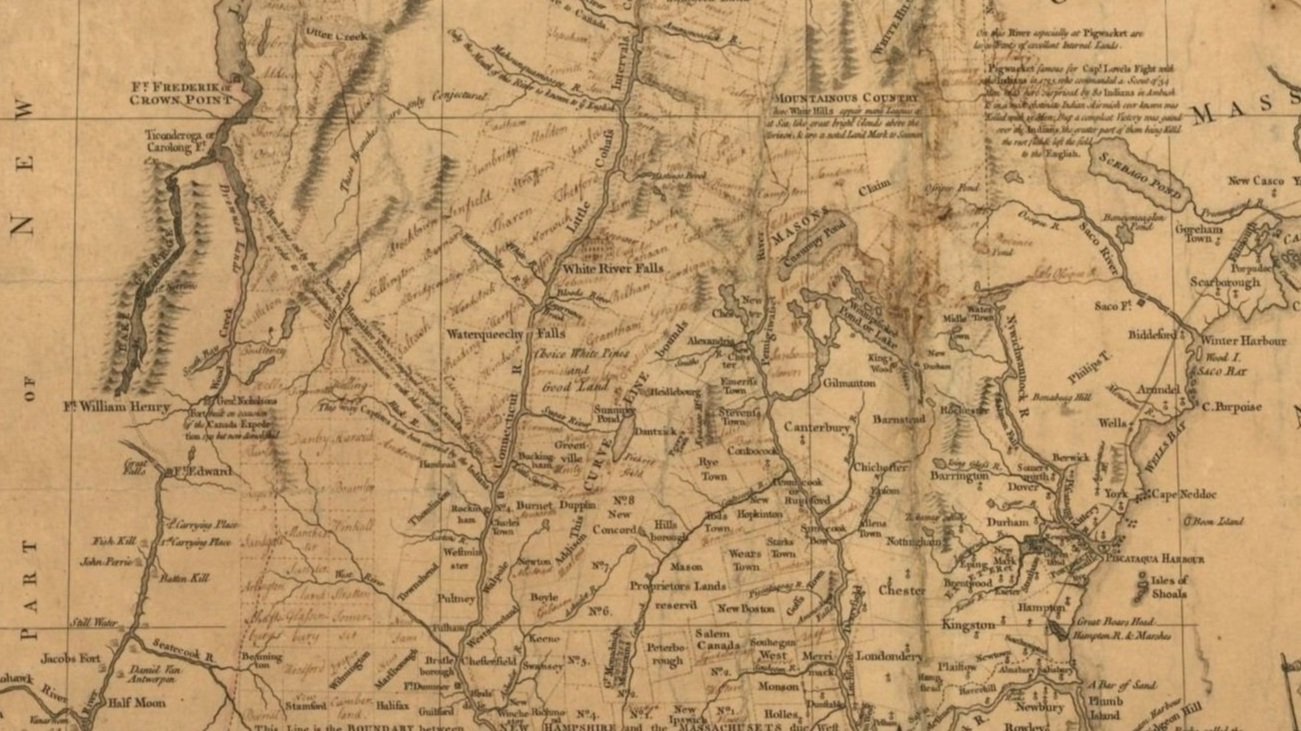
ROAD LAW GUIDE
Auxiliary Service Roads
Bridges
Class VI Roads
Conveyance
Dedication and Acceptance
Definitions
Discontinuance
Discontinued State Highways
Emergency Lane Designation
Failure to Maintain a Class V Road for Five Successive Years
Gates and Bars
Highways to Summer Cottages
How Public Roads are Created
Layout
Legislative Body vs. Governing Body
Municipal Trail Designation
Off Highway Recreation Vehicles
Prescription
Private Roads
RSA 674:41 (Building Permits)
Scenic Roads
Snowmobiles
Types of Roads and Other Designations
Who Owns the Road?
Alfano Law Office Database of Municipal Road Records
Prescription
(Twenty years use prior to January 1, 1968)
Establishment
The creation of a highway through prescription is codified at RSA 229:1. RSA 229:1 requires use by the public for twenty years prior to January 1, 1968. This does not mean the elements for prescription must have been present between December 31, 1947 and December 31, 1967, but that they existed for some twenty year period ending prior to January 1, 1968.
To establish a highway by prescription, the proponent must prove by a “balance of the probabilities” that the general public used the way in question continuously, without interruption and under a claim of right for twenty years without the permission of the owner. These facts give rise to a conclusive presumption that the highway was at some previous time established by proper authority. Once a plaintiff makes out a prima facie case of prescriptive use by the public, the burden shifts to the other party to prove the public use was permitted.
“Public” means all the public. Use just by abutters or neighbors may not constitute the public.
Prescription may be asserted even where a highway already exists. For example, a party may claim that a highway is wider than the laid out width, the extra width being established through prescription. Intermittent use of a road, such as during haying season only, may be sufficient to establish prescriptive rights where the use is characteristic of the road claimed.
In the context of prescriptive easements (versus prescriptive highways), whether a person believed they gave permission to use a way is not relevant. What is required is proof the use was permissive, such as testimony the adverse user actually sought or was given permission by the property owner.
Extent of rights created
“A highway established by prescription is not as a matter of law restricted in width to the track of actual travel.” Inquiry must be made into the amount of land taken for safety, convenience and maintenance of the highway. It may turn out more land is needed on one side of the highway than on the other; therefore, the center line of the area actually traveled upon may not be the true center line of the highway. Fences and walls, however, are strong evidence of the limits of the public’s rights.
Alteration or extinguishment
Once a highway is created by prescription, the public’s use rights cannot be taken away or altered through the laying-out procedure without a vote of the legislative body and, in some circumstances, court consent.
Other issues relating to prescription
No one may acquire rights in state lands “as against the state or its grantees” via adverse possession (a theory closely-related to prescription). Likewise, “[n]o person shall acquire by prescription a right to any part of a town house, schoolhouse or church lot, or of any public ground by fencing or otherwise inclosing the same or in any way occupying it adversely for any length of time.” RSA 477:34. Selectmen do not have the power to determine whether a road has become public by prescription.

